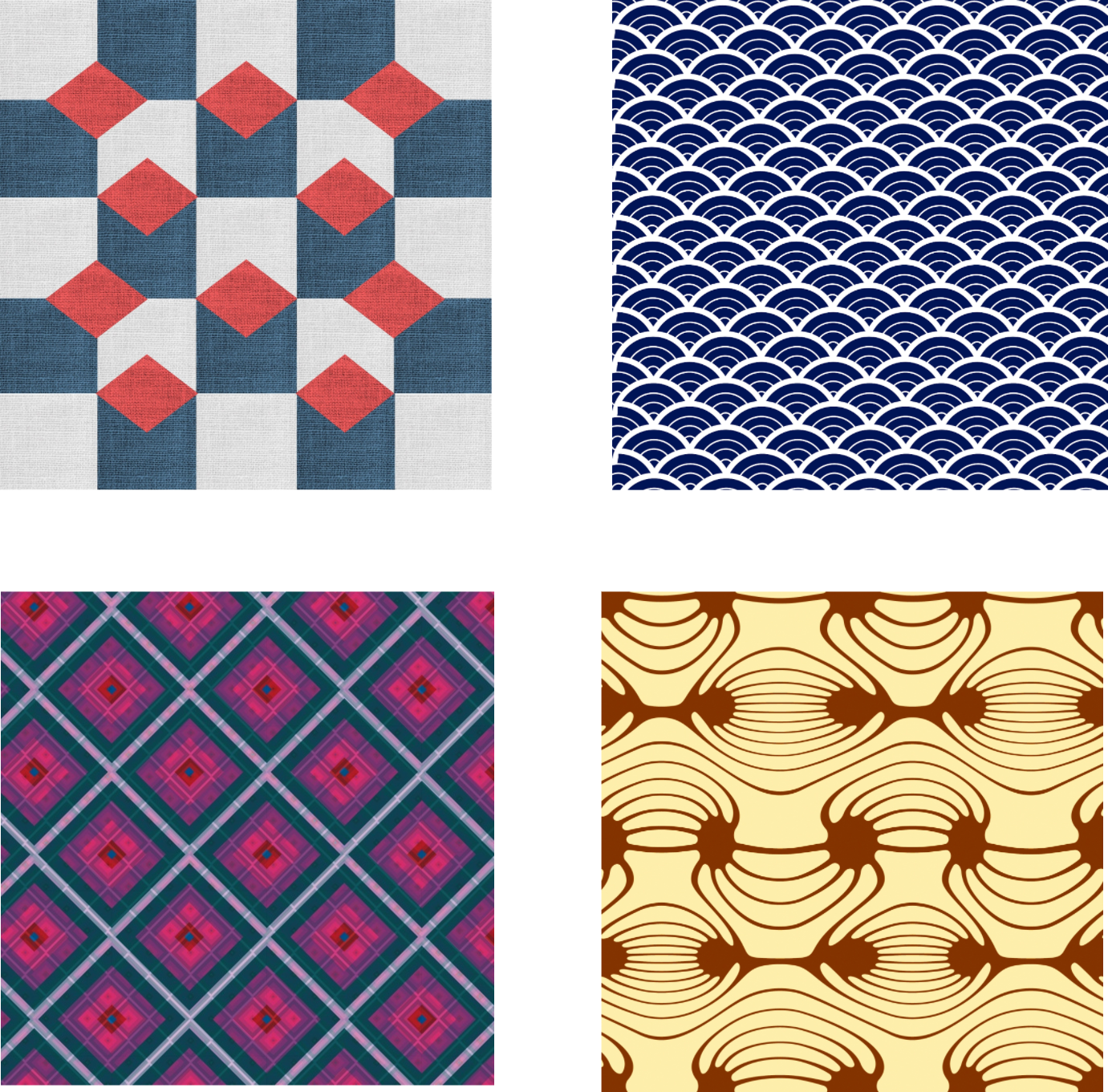Learn About Subtraction Patterns Across Place Values
Patterns are all around us.
There are patterns in our clothes.
There are even patterns in nature, just like the stripes of a zebra.
Did you know that there are also patterns in subtraction?
Look at these subtraction equations.
Do you see a pattern? 🤔
In the second equation, the minuend and subtrahend each have one zero, and the answer also has one zero.
Tip: minuend - subtrahend = difference.
In the third equation, the minuend, subtrahend, and difference all have two zeros.
In the fourth equation, they all have three zeros.
Can you use this pattern to answer a harder question? 🤔
20,000 - 10,000 = ?
The minuend and subtrahend each have four zeroes, so the answer will also have four zeroes.
20,000 - 10,000 = 10,000
So, what did we learn?
If you multiply the minuend and subtrahend by 10, you just multiply the difference by 10 as well to keep the equation balanced.
Tip: multiplying a number by 10 is the same as adding a 0 to the end of it.
Another Example
What pattern can we create from the subtraction equation below? 👇
9 - 5 = 4
Let's find out by adding some zeros at the end.
90 - 50 = 40
900 - 500 = 400
9,000 - 5,000 = 4,000
90,000 - 50,000 = 40,000
Great job.
Subtracting Larger Numbers
What's the difference between 70,000,000 and 40,000,000?
Both the minuend and subtrahend have seven zeroes.
This means the answer, or difference, will also have seven zeroes.
The trick is to subtract the non-zero digits first.
7 - 4 = 3
Then we add seven zeros at the end.
70,000,000 - 40,000,000 = 30,000,000
Cool.
Let's Review
If you multiply the minuend and subtrahend each by 10, the difference is also multiplied by 10.
Awesome job. 🎊
Now, you're ready for the practice.
1,000 Create Credits is worth $1 in real AI compute time.
1 Create Credit is enough to get 1 question answered, or to generate 1 image from text, in the tools tab.










